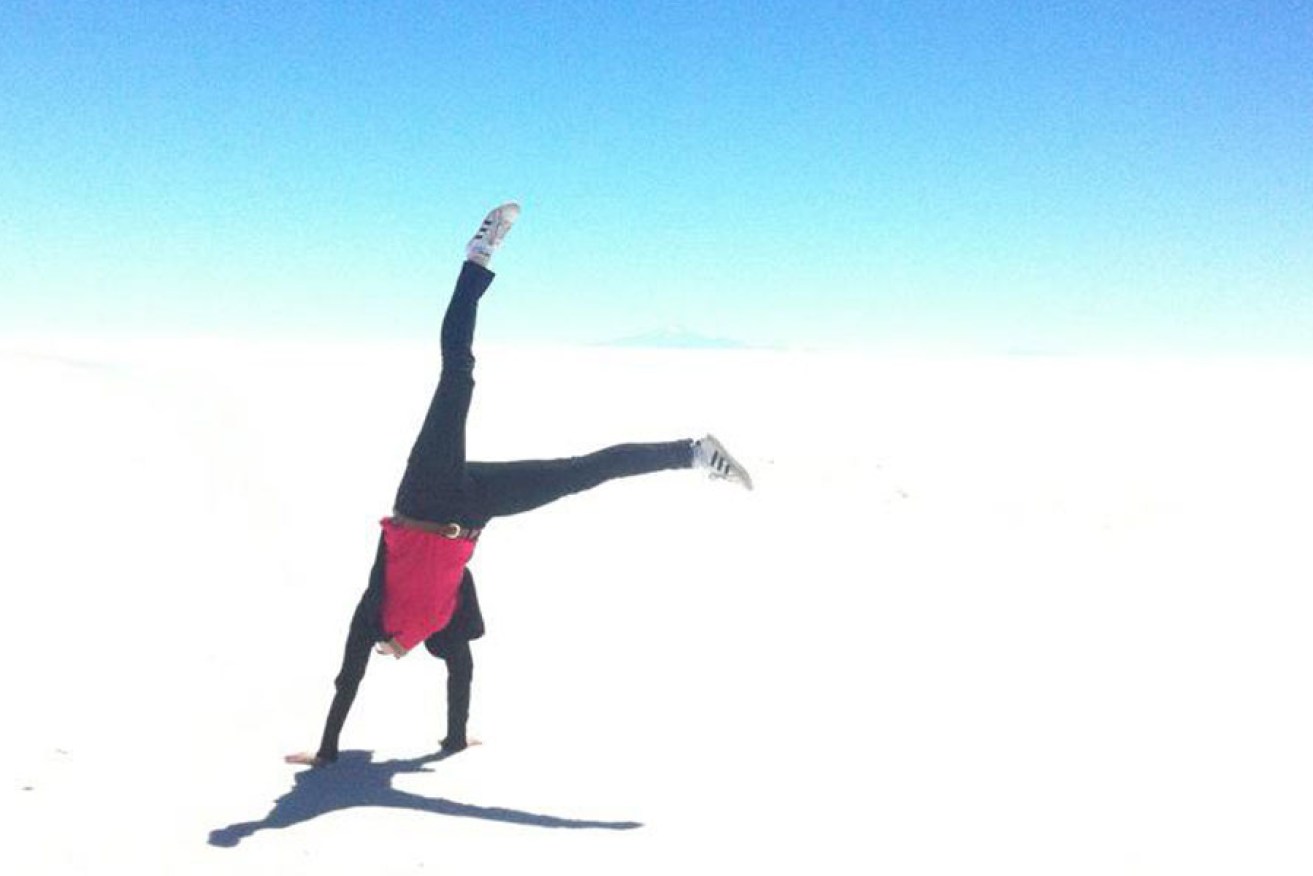Visiting La Paz, Bolivia doesn’t come without its trials. For one, the sheer altitude: it sits 3650m or almost 12,000 feet above sea level and this makes traversing the city a real workout. For those unfamiliar with high altitudes it is a strange feeling to tire easily from a leisurely stroll.
Add to that the city’s never-ending spread of hills and valleys and a walk becomes a roller coaster of energy. Yet, there are fresh juice stands on every corner selling some sweet and surprising products (coca is a widely sold and consumed commodity) – just beware of the ice. Like many developing countries, the water in Bolivia is not potable so be prepared to stock up on sealed bottles.
Relaxing in one of the town squares is a fascinating way to pass an afternoon. While indulging in sweet pastries you can watch pigeons swarm about other tourists as they attempt to feed the birds corn kernels. The steps outside the Basilica of San Francisco are perfect for this with groups of students often passing through – and while you’re there visit the 16th Century baroque beauty to climb the bell tower and walk among the chaotic city rooftops.
Littered throughout the streets are endless kinds of wondrous things – Jenga towers of bowler hats (as worn by women everywhere), live chickens and shockingly colourful hand-woven llama wool rugs.
Yet there are two distinct contenders for most vibrant street of all: the witches market corner, El Mercado de las Brujas, where you can buy dried llama foetuses to bury under the foundation of your house as a sacred offering, and calle jaen, a multicoloured haven of museums that is the most distinctly colonial street of the city.
That said, it’s hard to rest your eyes or your imagination as you wander anywhere in La Paz with stunning beauty and heart-breaking poverty at every turn. The people keep to themselves. Perhaps they’ll give you a polite smile and nod as they slowly plod along. There are always children younger than 10 selling magnets/lighters/biscuits/water, which is confronting.
The city doesn’t really come to life until 11am but is bustling until late at night.
During the evening, loud explosions of dynamite were a poignant reminded of the political unrest in this country. A protest was looming. A less common but riveting sightseeing adventure is to observe the Prison de San Pedro, an iconic institution where guards are not in control, instead the prisoners are.
Research suggests the prison is a community where inmates pay for their accommodation. Wealth allows for premium facilities and some families stay inside the prison with their loved ones. All are expected to work, though the rapists and paedophiles are segregated to the confines of the kitchen. Tours of the prison have occurred in the past through corrupt police paying off inmates to allow tourists to enter as “family”. Still, watching from across the square where women come and go and prisoners claw at the windows for attention is just enough drama to appreciate the stark difference and distance in society.
Most who visit La Paz take a day to explore Lake Titicaca, which is by volume the largest lake of South America and nestled at the bottom of the Andes. More daring souls brave a drive or mountainbike ride along Death Road (North Yungas Road) to “enjoy” the 60 kilometre-plus stretch through Coroico and to the Amazon rainforest along sheer cliff edges. It was once speculated that more than 200 people were killed yearly on the road, but that hasn’t stopped tourists, Top Gear or the BBC flocking to see one of the world’s man-made marvels.
For travellers with more time, take a few days to visit and stay at Salar de Uyuni, the world’s largest salt flat. In the southwest of Bolivia (the closest “city” is Potosi, a mining town), it is a sight to behold. White salt stretching as far as the eye can see. No horizon. No dimension. Never will you feel as small as when you are standing in the midst of 10,580 square kilometres of salt. At such a high elevation, the skies are very clear and the air dry, making a walk along the salt-crust surface a complete sensory experience. Salt, potassium, lithium and borax are all harvested from the location and although it is a major transport route across the Bolivian altiplano, it takes up to three days to cross safely without fatigue or disorientation. In the centre of the “desert” is Incahuasi “island”, a mass of fragile but giant cacti.
At the edge of the salt flat there is also a train cemetery where former freight trains that carried minerals to the Pacific Ocean ports were left abandoned after the mining companies collapsed. Now some of the old engines have been transformed into play equipment and exist as a living museum of a moment of economic strength in the late 19th Century.
It is a place of pure peace and a world apart from La Paz – the different kind of city that never sleeps.
Places to stay
Hotel Sagarnaga (calle Sagarnaga 326): Good location to visit the Basilica of San Francisco and just steps away from the main city thoroughfare where delicious ice-cream shops are peppered along the road. Simple but comfortable accommodation with good access to nearby museums.
Places to eat
Gustu (calle 10 no. 300, Calacoto): The Guardian recommends this gourmet dining experience, founded by Claus Meyer who is the co-founder of Noma restaurant in Copenhagen. It has an international feel in both décor and menu, though there are some local specialties including llama meat.
Things to do
Valle de la Luna: This arid region is wasteland turned wonder with erosion forming spectacular geological shapes. Just a short drive from the city, there are hiking trails throughout the park to explore to escape the chaos of La Paz.
Candice Keller is a South Australian journalist.





